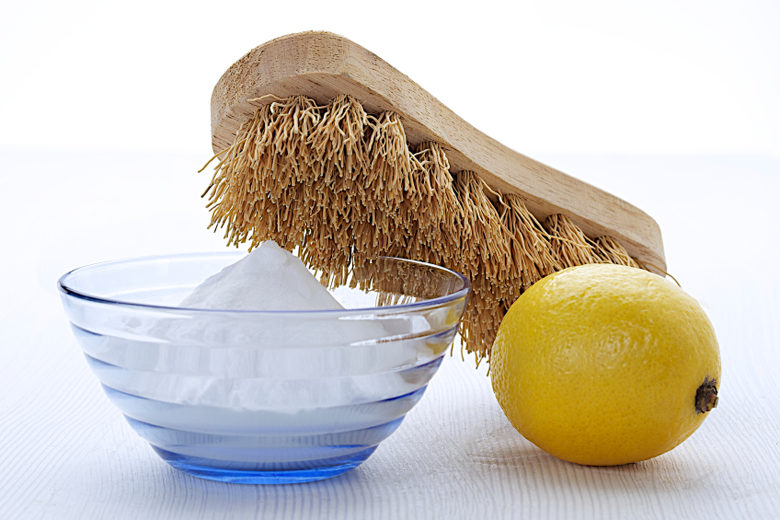
Since its inception in 1970, Earth Day has been celebrated annually worldwide to recognize and honor the environment. It also serves to educate people on how to do their part in supporting the Earth’s current environmental challenges. To carry the theme throughout the year, here are some easy tips and tweaks specifically for your kitchen.
1. Unplug
Is it really necessary to have every countertop appliance in your kitchen plugged in at all times? To save on energy use, keep only those appliances that you use daily out and visible, such as a coffeemaker, and keep the rest in cabinets, shelves or pantries. To take it one step further, only plug in your daily essentials, like the coffeemaker, when in use.
2. Cook once, eat twice
When planning for and preparing dinner, buy enough ingredients to make at least double the batch. You can even triple it if you’re ambitious! It does not take much more effort to cook a larger batch. Plus, you can have the leftovers for another meal in a few days, freeze them for a quick meal at a later date, or generously gift family or friends with your home-cooked meal.
3. Feed the Earth — compost
From fruits and vegetables to egg shells and coffee grounds, there are a variety of foods that can be put to use instead of ending up in the trash or garbage disposal. Visit the Environmental Protection Agency’s site to learn how to get started with composting.
4. Stock up
If it’s not feasible for you to compost, there is still a way to make use of vegetable scraps. Save the trimmings of sturdy vegetables, such as potatoes, broccoli, asparagus, carrots, onions, etc., and keep them in the freezer. When you’ve gathered enough, use them to make homemade vegetable stock or even chicken stock.
5. Reduce, reuse and recycle
Reduce what you throw away, reuse what you can (glass bottle as a flower bud vase?), and recycle according to your city’s guidelines.
6. Exercise your indoor green thumb
Not only do certain houseplants add an aesthetic touch to your kitchen, they have benefits that go beyond appearance. Here is a list of indoor plants that can help with air quality in your home.
7. Clean green
Buy and use cleaning products that are plant-based. This ensures that you’re using cleaners without phosphates (even if the label says “phosphate-free,” the product may still contain synthetic phosphates). Also, don’t forget that baking soda, lemons and white vinegar can go a long way in being able to clean a kitchen.
8. Shop local
Buy at least some of your groceries at your local farmer’s market (when available) and/or join a CSA (Community Supported Agriculture). Check out Local Harvest to find a CSA near you.
9. How does your garden grow
The most local you can get, of course, is your own back yard. Depending on where you live, having a small garden can be a viable source of produce for you and your family. Start small, with fresh herbs such as rosemary and basil, and progress from there if it’s feasible.
10. Fill that freezer
A well-stocked freezer uses less energy than one that is almost empty. This is great news for those that like to plan ahead — think of the space you can fill with leftover meals or partially prepped meals! Just remember to label and date everything clearly, so you know when to toss raw ingredients or ready-to-eat meals when they’ve expired.







